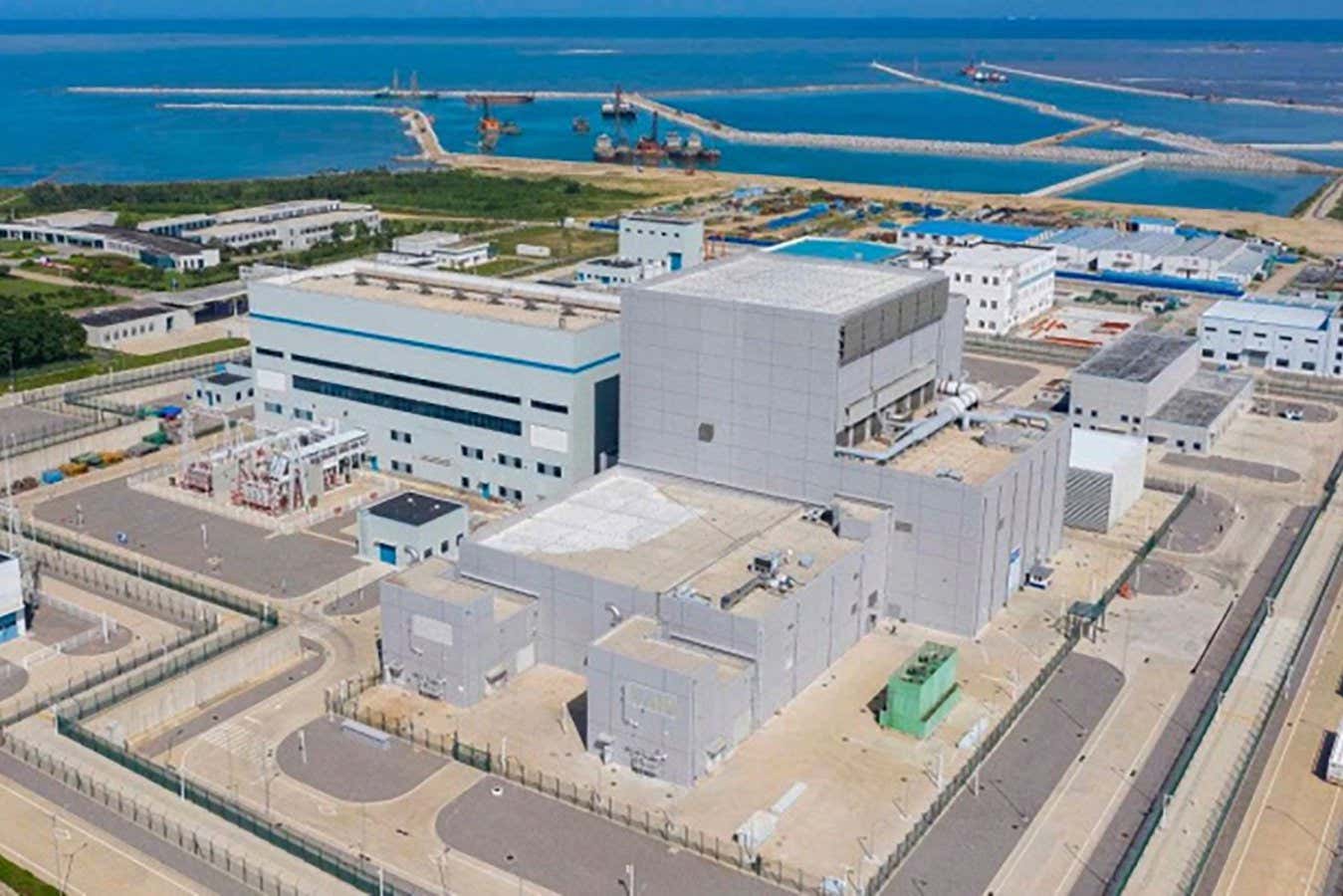- cross-posted to:
- china@lemmygrad.ml
I'm all for it as an idea, but "meltdown-proof" really makes me think of "unsinkable". It's quite a hubristic description just begging to be proven wrong.
To test this, which became commercially operational in December 2023, Dong and his team switched off both modules of HTR-PM as they were operating at full power, then measured and tracked how the temperature of different parts of the plant went down afterwards. They found that HTR-PM naturally cooled and reached a stable temperature within 35 hours after the power was removed.
I mean if you drove the titanic through an iceberg and it was fine, I'd say you'd have a iceberg-proof ship, since you've literally proved it against an iceberg.
They proved that this power plant doesn't melt down when its cooling power supply is removed
I mean if you drove the titanic through an iceberg and it was fine, I'd say you'd have a iceberg-proof ship
And you would be wrong, because the Titanic could've plowed directly into the iceberg and it wouldn't have sunk. They weren't calling it unsinkable for no reason. The circumstances that led to the Titanic sinking were very difficult to foresee, just like the circumstances which might potentially cause a meltdown in a "meltdown-proof" reactor.
I think the tech itself is great I just think this language is in poor taste
I mean if you drove the titanic through an iceberg and it was fine, I'd say you'd have a iceberg-proof ship, since you've literally proved it against an iceberg.
If it was fine once then it'll always be fine, aka Garry Hoy's Law, never fails!
Could also be called the Stockton Rush law, since we're talking about the Titanic
I'm sure the Titanic was also unsinkable for a regular breach.
Now what happens if somebody drops a bomb on the plant
"What are you going to do, bomb me?" -- nuclear reactor engineer at meltdown-proof nuclear plant
I do kinda wonder what happens if they lose coolant.
Helium has such a low heat capacity, it has to be at a fairly high pressure (70 bar in this case) and flow really fast. It's mitigated to some extent by the low density and size of the reactor, as demonstrated by the passive flow being sufficient to cool it.
Also IIRC these fuel pebbles themselves become less reactive as they get hotter and they can get very hot before melting down
Well, they do tend to be designed to be resistant to that kind of thing - and some sorta fancy bunker buster would probably disperse the fissile material anyway. Certainly a big ol' not good, but criticality depends on having enough mass in close proximity, so it's similar to how you can blow up a nuclear missile with an interceptor safely-ish.
Setting an oil facility ablaze is going to be much easier and have worse health effects in the vicinity.
This is just foolish reasoning, everything is immune to failure until it isn't.
Basically every major accident in history (including Chernobyl) happened because of circumstances that were either not imagined or deemed so unlikely they'd never happen. Effectively calling your thing failure-proof is just stupid.
One of the risks is the fuel getting jammed. Since they're spheres, they should have very low friction. But they already saw that defects in the coating can raise that risk. They would need very strict QC on manufacturing the pellets, and the entire system must be designed to mitigate the chance of wear causing damage. There would naturally be a buildup of debris over time, but fine carbon dust usually serves as a lubricant anyway. They would need to prevent contaminants entering the core.
Even if there was a jam, is there a foolproof way to stop the input, even during a power failure? Can the pellets sit in the reactor forever without getting too hot when the cooling is down?
Is any of this human controlled? Part of Chernobyl was someone ignoring a failure and choosing not to shut down until it was too late - is that a possibility here?
So yeah, saying failure is impossible is literally what they said with the Chernobyl-style reactors when they were new. They did safety tests on those to see what would happen if the power failed, which was itself the catalyst for the failure. Just say that you have a new, extremely safe design, be open about how it works, and don't tempt fate?
I don't even know that it is expensive, it's just that nobody's building nuclear plants but China, which means if there's new tech in the field it's going to debut there.
alternate history comedy movie where the Titanic faces more and more ludicrous disasters on it's journey, finally arriving in New York looking like an absolute wreck but still floating
Real reason of sinking was that moonshine apparature exploded in cargo hold but they weren't insured from this, so they lied about it.
This is interesting. So the method is to replace the rods with these graphite pebble beds and they dissipate heat differently? And that heat transfers into the air and away faster than the potential maximum heat output even under emergency?
Everyone has a good idea of what the rod reactors look like these days, how do these pebble reactors look? I assume we'll start seeing them in movies at some point when they become more common.
The Wikipedia page has a decent graphic. Instead of dropping graphite rods between the fuel rods, the fuel is a pellet permanently encased in a tennis ball sized coating of ceramic silicon carbide. The core is a funnel that pellets are continuously fed through, with an inert gas cooling the funnel and transferring the heat to the water for generating electricity.
I'm calling it a radioactive paremovedo machine
It might be a little cheaper now, since you no longer need emergency diesel generators.
i would also say that , if its melts.. "false advertising" is the least of your problems
I don’t think it’s truly proof, but it can handle some known issues better.
But also does it now introduce NEW complex problems?
I mean, they already had safe meltdown reactors when they made the molten salt reactor. You just put a meltable plug at the bottom of the reactor and if it gets to hot it melts the plug and drains into a container. Thorium requires a specific setup to fission, so this stops all reaction.














